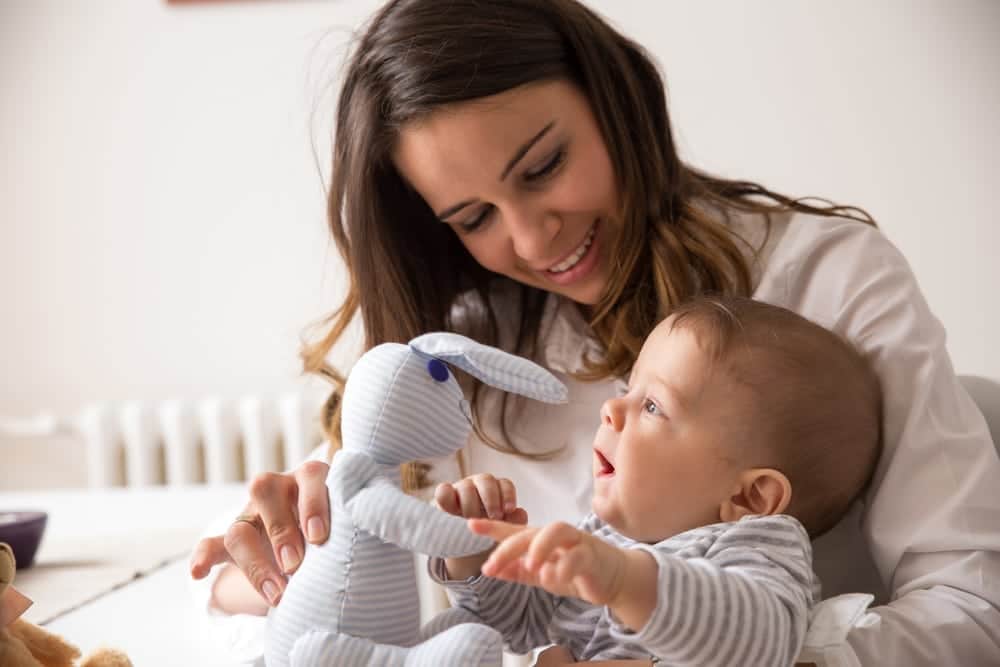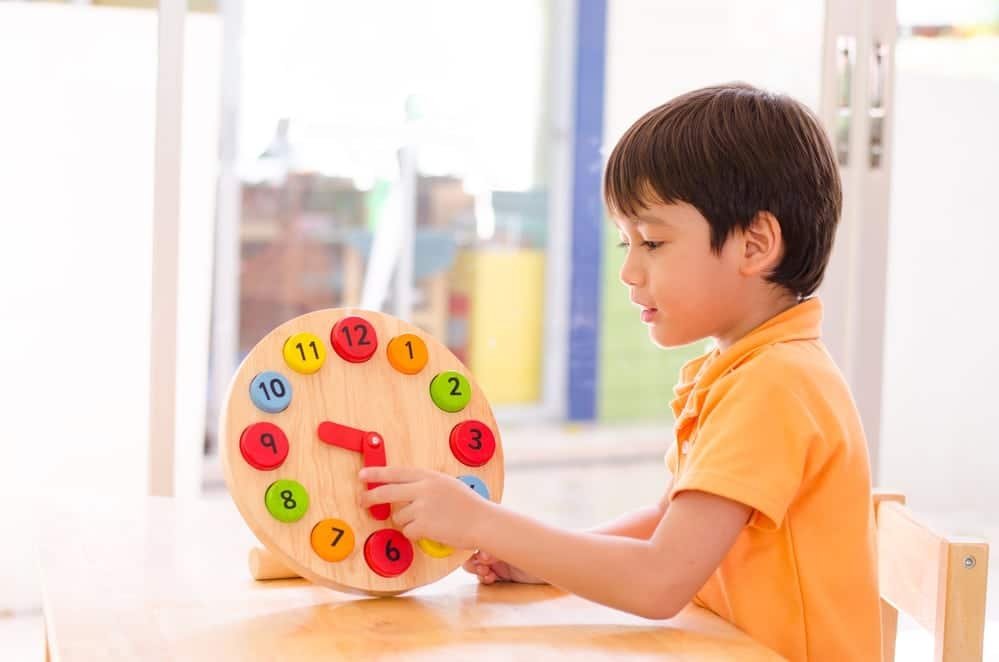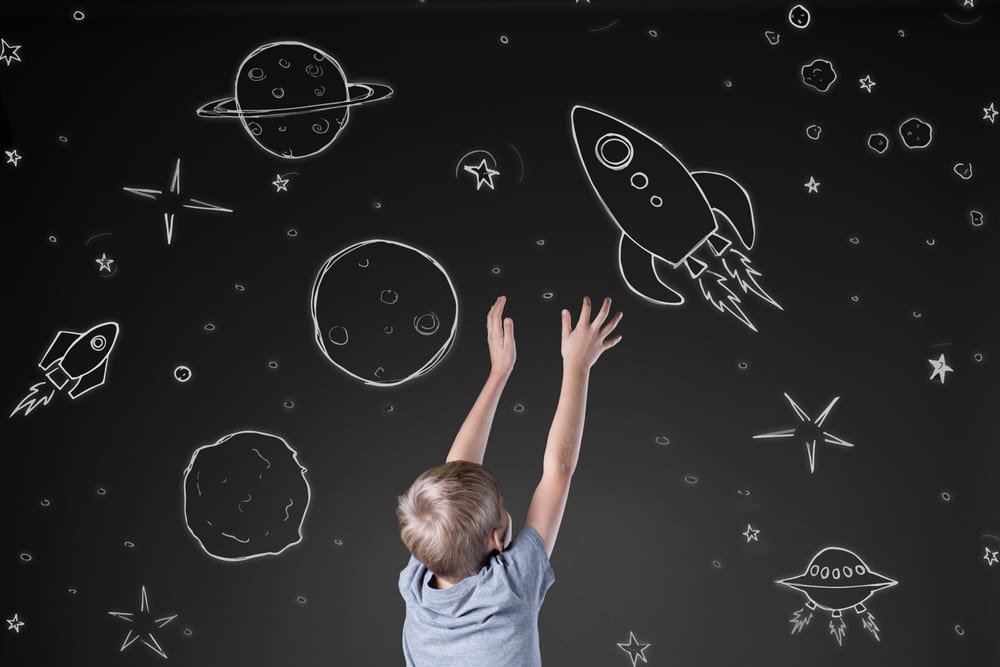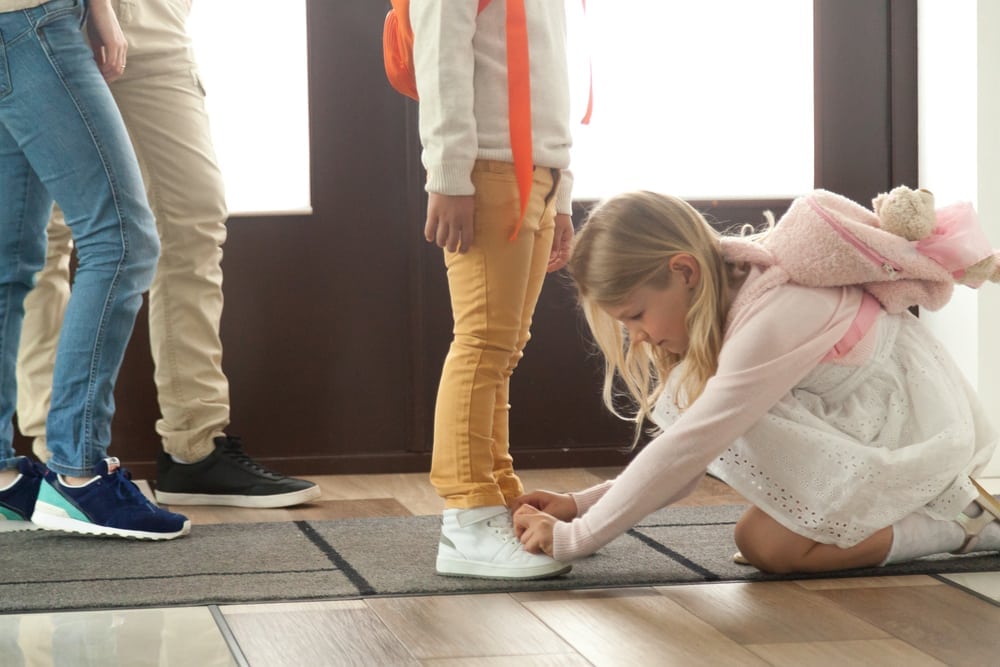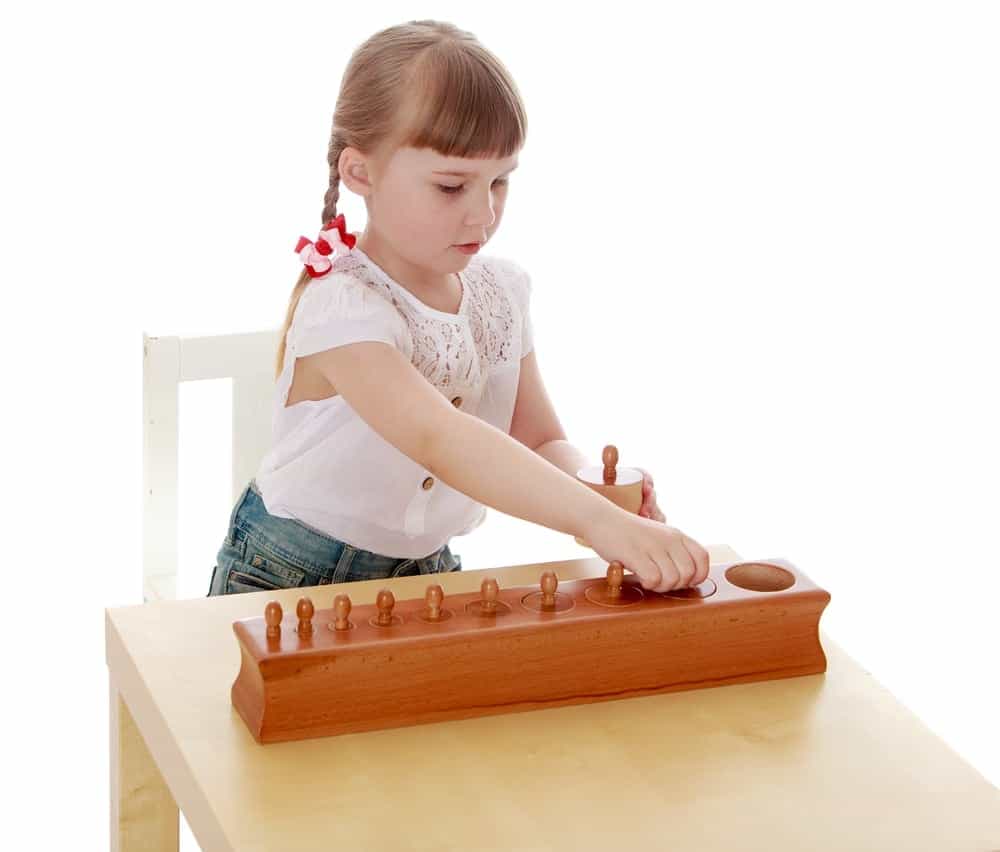By Sarah Vang
Children are born with an innate curiosity, a desire to learn and need to explore. That’s what makes children the way they are and why they come up with never-ending streams of questions about the world they are observing around them. That intrinsic motivation is the driving force behind a child’s early development.
When a child is born, within the child there is an innate need to interact with the environment. Now imagine a school environment where choices are made based on the needs and wants that come from within the child. That is a Montessori education.
The Montessori environment is created specifically for a child to succeed. The Children’s House is designed to encourage independence, coordination, concentration, and order which help to develop focus, attention span, and increases their desire to learn.
A Montessori education helps a child become independent, develop their own potential, build confidence, and make them a lifelong learner. With so much focus on independence in Montessori, it only makes sense that a child’s motivation comes from within themselves, also known as intrinsic motivation. Too often children feel pressure to perform for their parents or their teachers.
As a Montessori guide, I want to encourage my students to love learning and become lifelong learners. I believe that when a child discovers their intrinsic motivation they will achieve a love for learning, which will, in turn, allow them to be lifelong learners. When a child comes to the realization that they enjoy learning, they seek out more knowledge, set goals, and are never satisfied.
Montessori education fosters a child’s natural inclination to learn. As a Montessorian, I guide the child, rather than instruct the child. I link each student with activities that meet their interests, needs and developmental level. Allowing a child to be free from external expectations, allows them to set their own goals and aspirations.
The Montessori environment is set up to allow your child to succeed the moment they walk into the room. Everything is in its rightful place, clean, neat and organized. There are no toys or distractions in the environment. The environment is organized and prepared with purposeful materials. The materials are beautiful and in good condition to draw the child to them.
The Montessori guide takes your child where they are, learns their interests, and guides them on their own educational path. The skills in Montessori build on each other. The guide observes the child and presents new materials that they are ready for, then when the child has mastered the material, it’s time for the next material.
The Montessori materials are designed so the child can check their own work; this is called the control of error. This way the child checks their own work and they are motivated to correct any mistakes they have made. The control of error allows the child to determine if their work is right or wrong, without having a guide pass judgment on their work, allowing intrinsic motivation to be in control. The guide acknowledges what the child has achieved, the focus is on the process, not the end result.
When a child struggles to master a skill, the Montessori guide reminds the child that sometimes things are hard and we just need to keep trying. Traditional education focuses too often on the end result, while a Montessori education focuses on the process. Montessori encourages children to try new approaches, experiment, explore, and never give up.
Montessori helps children develop essential skills already within him or her to master the creative learning process throughout their life. The desire is already within your child. The Montessori Method of education helps your child discover the joy of learning.




